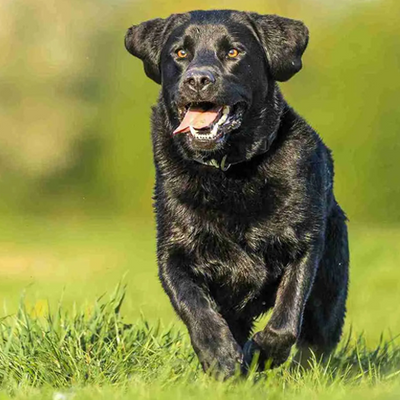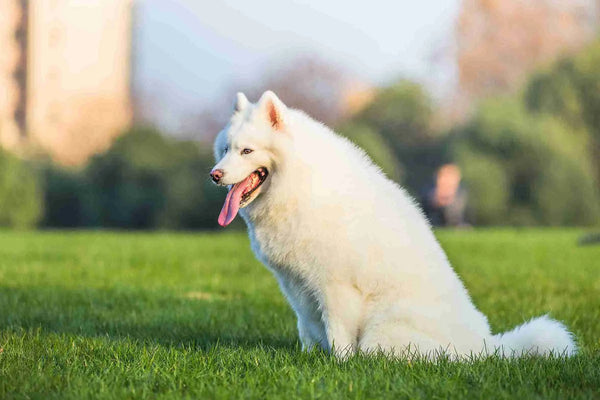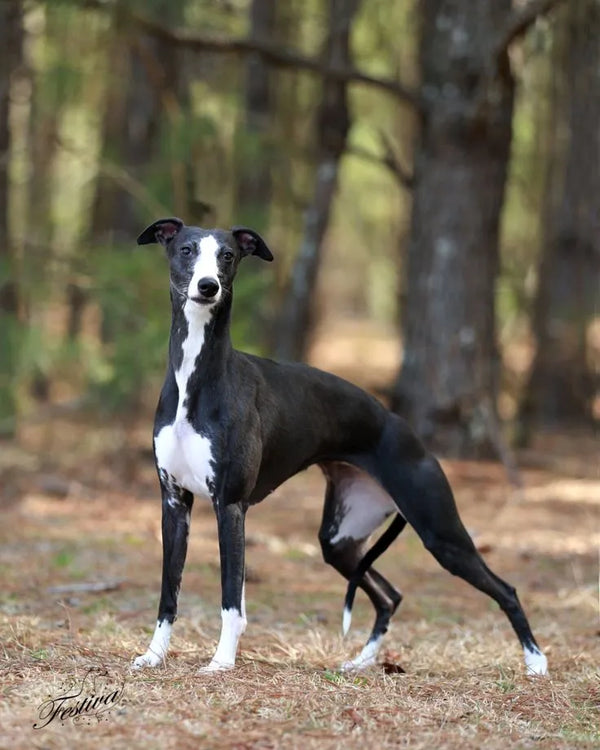Dachshund
Dachshund
America’s Spirited Wiener Dog
1. Introduction to the Breed
The Dachshund, affectionately dubbed the “wiener dog,” claims the #6 spot in the 2024 American Kennel Club (AKC) rankings, a jump from previous years due to its bold personality and compact size. Known for their distinctive long bodies and spirited nature, Dachshunds are a favorite among urban and suburban pet owners. Their tenacity, curiosity, and charm make them ideal for families and individuals seeking a small dog with a big heart, capable of bringing endless entertainment to any home.
2. History of the Breed
Originating in Germany over 600 years ago, Dachshunds were bred to hunt badgers, with their name literally meaning “badger dog” (dachs = badger, hund = dog). Their long, low bodies allowed them to dig into burrows, while their courage helped them confront formidable prey. Recognized by the AKC in 1885, Dachshunds gained popularity in the U.S. as companions, with their iconic shape featured in art, cartoons, and even as mascots. Today, they’re cherished for their spunk and loyalty rather than hunting prowess.
3. Physical Characteristics
- Typical Size and Weight: Dachshunds come in two sizes: Standard (16–32 pounds, 8–9 inches tall) and Miniature (11 pounds or less, 5–6 inches tall). Both have elongated bodies and short legs.
- Coat and Color: They have three coat types: smooth (short and sleek), longhaired (silky and wavy), and wirehaired (coarse with a beard). Colors include red, black-and-tan, chocolate, and dapple (merle-like patterns).
- Distinctive Features: Their long, sausage-like bodies, paddle-shaped paws for digging, and expressive, oval eyes give them a unique silhouette. Their deep chests and strong jaws reflect their hunting heritage.
4. Personality Traits
Dachshunds are bold, curious, and fiercely independent, with a personality that belies their small size. They’re playful and loyal, forming strong bonds with their owners, but their stubborn streak can make training a challenge. Known for their vocal nature, they often bark to alert or express excitement. Dachshunds get along well with older children and familiar pets but may be wary of strangers or small animals, reflecting their prey-driven instincts. Their lively spirit makes them delightful companions for those who appreciate a dog with attitude.
5. Care Requirements
- Exercise Needs: Dachshunds need 30–60 minutes of daily exercise, such as short walks, backyard play, or indoor games. Their low stature makes them prone to back injuries, so avoid activities involving jumping or stairs.
- Grooming Needs: Smooth-coated Dachshunds require weekly brushing, while longhaired need daily brushing to prevent matting. Wirehaired need occasional stripping. All types need regular ear cleaning, nail trimming, and dental care to prevent tartar buildup.
- Dietary Considerations: Prone to obesity, Dachshunds require a balanced diet with controlled portions. High-quality food with lean proteins supports their energy needs, while avoiding table scraps prevents weight gain that strains their backs.
6. Health and Lifespan
Dachshunds have an average lifespan of 12–16 years. Their long backs make them susceptible to intervertebral disc disease (IVDD), affecting up to 25% of the breed. Other concerns include patellar luxation, obesity-related issues, and dental problems. Regular vet checkups, weight management, and avoiding high-impact activities help maintain health. Genetic screenings for IVDD and eye conditions are recommended when choosing a breeder.
7. Training and Socialization
Dachshunds are intelligent but stubborn, requiring patient, positive reinforcement training. Short, engaging sessions work best, as they can lose interest quickly. Early socialization is crucial to curb their tendency to bark at strangers or chase small animals. Teaching commands like “quiet” and “stay” helps manage their vocal and tenacious nature. Consistency and rewards, such as treats or praise, yield the best results in shaping a well-mannered Dachshund.
8. Ideal Home Environment
Dachshunds adapt well to apartments, suburban homes, or rural settings, provided they have a safe space to explore without excessive stairs. They’re ideal for families with older children or singles who can provide attention and structure. Their small size suits urban living, but a secure yard is beneficial for play. Owners should be prepared for their vocal tendencies and ensure a calm environment to prevent stress-induced barking.
9. What’s the Best Toy for My Dachshund?
Dachshunds thrive on toys that engage their hunting instincts and curious minds. Interactive puzzle toys with treat compartments stimulate their problem-solving nature, providing 20–30 minutes of indoor engagement. Squeaky plush toys mimic prey, encouraging chasing and light tossing for 10–15 minute sessions, though supervision prevents tearing. Small, durable chew toys made of rubber satisfy their strong jaws, ideal for 15–20 minutes of chewing fun. Digging mats or toys tap into their burrowing heritage, offering mental stimulation. Avoid toys that encourage jumping to protect their backs. Rotate toys regularly and pair with training games to maintain engagement and prevent boredom.
10. Adoption and Breeder Tips
Choose breeders affiliated with the Dachshund Club of America, ensuring health clearances for IVDD, eyes, and patellar luxation. Visit the breeder to assess puppy health, meet parents, and confirm ethical practices, such as socialization and clean facilities. Rescues like Dachshund Rescue of North America offer adoptable dogs, often with known histories. Be cautious of puppy mills, as Dachshunds’ popularity can lead to overbreeding. Ask about coat type, size, and genetic testing to ensure a healthy, well-suited puppy. Inquire about early socialization to reduce excessive barking or shyness.






0 comments